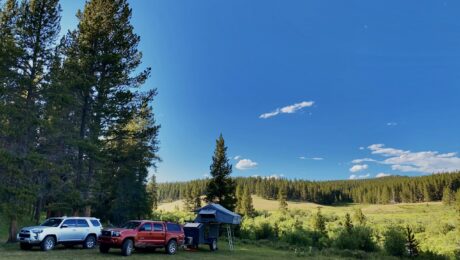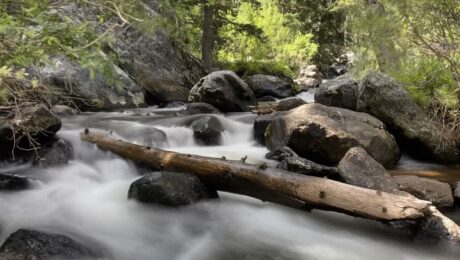Camping is a cherished outdoor activity that allows us to connect with nature, unwind, and create lasting memories. While traditional tent camping has its merits, there’s an enticing alternative that combines the joys of camping with added convenience and comfort: camping in a squaredrop trailer. Here are five compelling reasons why camping in a squaredrop
What to Pack for Kids and Pets Overlanding can be an amazing experience for families, providing opportunities for adventure, exploration, and quality time together. However, packing for an overlanding trip with kids and pets can be a bit more challenging than packing for a solo trip. Here are some essential items to pack for kids
Here are a couple questions and answers frequently asked by new overlander’s. Hope these answers help to get you on your way to adventure. What is the Overland Lifestyle? The overland lifestyle is a way of life that centers around exploration and adventure. It’s about traveling off the beaten path, exploring remote and beautiful locations,
Overlanding is all about adventure and exploring the great outdoors. It’s a chance to disconnect from the daily grind and connect with nature. And what better way to remember your overlanding trip than with epic photos? Here are 10 tips to help you maximize your overlanding experience and capture stunning photos: By following these tips,
- 1
- 2






Recent Comments